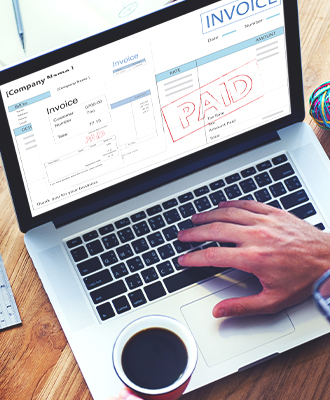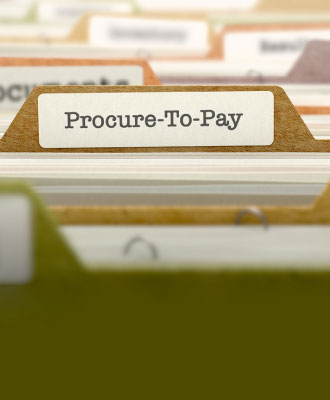What Is Capital Expenditure?
The definition of capital expenditure (CapEx) refers to funds a company uses to obtain, upgrade, and maintain any physical assets. This includes things like plants, property, buildings, equipment, or technology.
Organizations often use CapEx to start new projects or investments. Capital expenditures on fixed assets (tangible assets) include purchasing new equipment, building a new factory, repairing a roof (part of an existing asset), upgrading technology, etc. Companies also use CapEx to maintain or increase the scope of operations.
Capital expenditures are payments for goods and services recorded on the balance sheet, rather than expensed on the income statement. This spending is crucial for companies to maintain their existing property and equipment, and to continue investing in new assets and technology for growth. A new business will have higher capital investment and total costs for the simple fact that they’re starting from the bottom and have to acquire everything they need to start operations
If however, the useful life of the asset is less than one year, it has to be expensed on the income statement, and cannot be capitalized. Because of this, it is not considered a capital expense. However, capital expenses can also apply to intangible assets, such as patents and licenses.
“CapEx is listed in the cash flow statement section of the three financial statements, but it can also be directed from the income statement and balance sheet in the majority of cases.”
How to Calculate Capital Expenditures
If you have the cash flow statement available, there’s no need to use a formula to calculate the CapEx. However, if you need the information and lack access to the cash flow statement, you can calculate it yourself with this formula:
CapEx = PP&E (Current period) – PP&E (prior period) + Depreciation expense
To calculate CapEx, follow these steps:
- Find the depreciation and amortization on the income statement.
- Locate the current property, plant and equipment (PP&E) on the balance sheet.
- Locate the prior period PP&E on the same balance sheet.
Plug in the values in the formula above. You can use this for any accounting period, but it is most commonly done at the end of the fiscal year.
The formula comes from the logic that a company’s current PP&E on the balance sheet is equal to the prior period PP&E, plus capital expenditures minus depreciation.
Using this formula produces a “net” capital expenditure number, so if there are any dispositions of PP&E in the period, this lowers the value of CapEx calculated this way. To make adjustments for this, you have to read the notes on the financial statements.
Let’s take a look at an example:
The 2018 income statement shows $15,000 in depreciation.
The 2018 balance sheet shows the current PP&E is $35,306.
The 2017 balance sheet shows PP&E is $35,311.
Following the formula, we have: $35,306 – 35,311 + $15,000 = $14,995.
What CapEx Tells You
CapEx indicates how much a business is investing in new and existing fixed assets to either maintain or grow the company. It’s a way to show investments, rather than expenditures. By capitalizing the asset, the company spreads the cost of the asset over the asset’s useful life.
In accounting, the “useful life” of an asset refers to the number of years the asset is likely to remain in service for the purpose of generating revenue. A number of factors influence useful life including age at the time of purchase, technological advances, and usage patterns. A new machine that isn’t often used will have a longer useful life than a used machine that has already been well used and will continue to be used frequently.
How much capital expenditure a company has depends on the industry. Capital intensive industries tend to have the highest levels of capital expenditure. These include telecommunications, manufacturing, the oil and gas industry, and utilities.
Different companies may highlight CapEx in a number of ways. Investors and analysts may see it listed as purchases of PP&E, capital spending, or acquisition expense.
The Difference Between CapEx and Operating Expenses (OpEx)
Capital expenditures are not the same as operating expenses, also known as operational expenditures (OpEx). Operating expenses refer to the short-term expense a business incurs as a result of ongoing operational costs to keep the business running. These expenses can be deducted on a company’s tax return in the same year that the expenses occur. If you’re looking for more information, check out our blog post on CapEx vs. OpEx.
How to Use Capital Expenditures
The CapEx metric is used in a number of ratios used in company analysis. For instance, the cash-flow-to-capital-expenditure ratio indicates the company’s ability to acquire long-term assets with free cash flow. This ratio fluctuates as a business cycles. It evaluates a company’s focus on growth, shows how much of their CapEx is done with cash, and helps assess financial risk.
If the ratio is higher than 1, it could indicate that the company is generating the revenue it needs to fund the asset acquisitions. But, if there’s a low ratio, it may indicate the company is struggling with cash inflows, and as a result, its capital asset purchases. It’s worth noting that this is an industry-specific ratio, and it should only be compared to another company with similar CapEx requirements.
CapEx to Operating Cash = Cash Flow From Operations / CAPEX.
The cash flow from operations is found on the statement of cash flows and indicates how much cash flow the business generated from operations for the accounting period.
Capital expenditures are also used to calculate free cash flow to equity, also known as FCFE. FFE is the cash available to equity shareholders. The formula is as follows:
FCFE = Cash from Operations – CapEx + Net Debt Issued (repaid)
The higher the amount of capital expenditures, the lower the FCFE.
PurchaseControl helps track capital expenditures to simplify accounting
Find Out How








